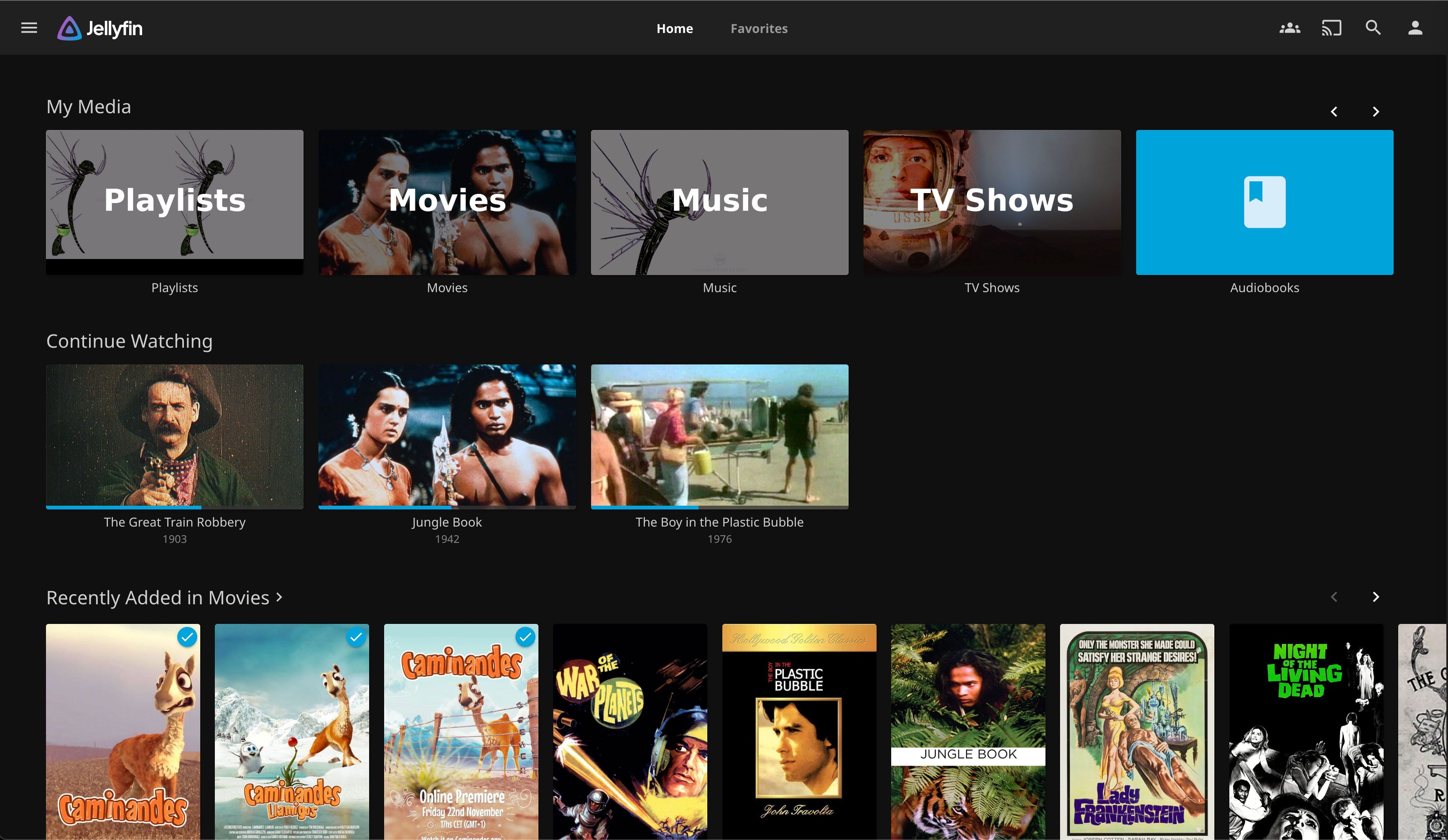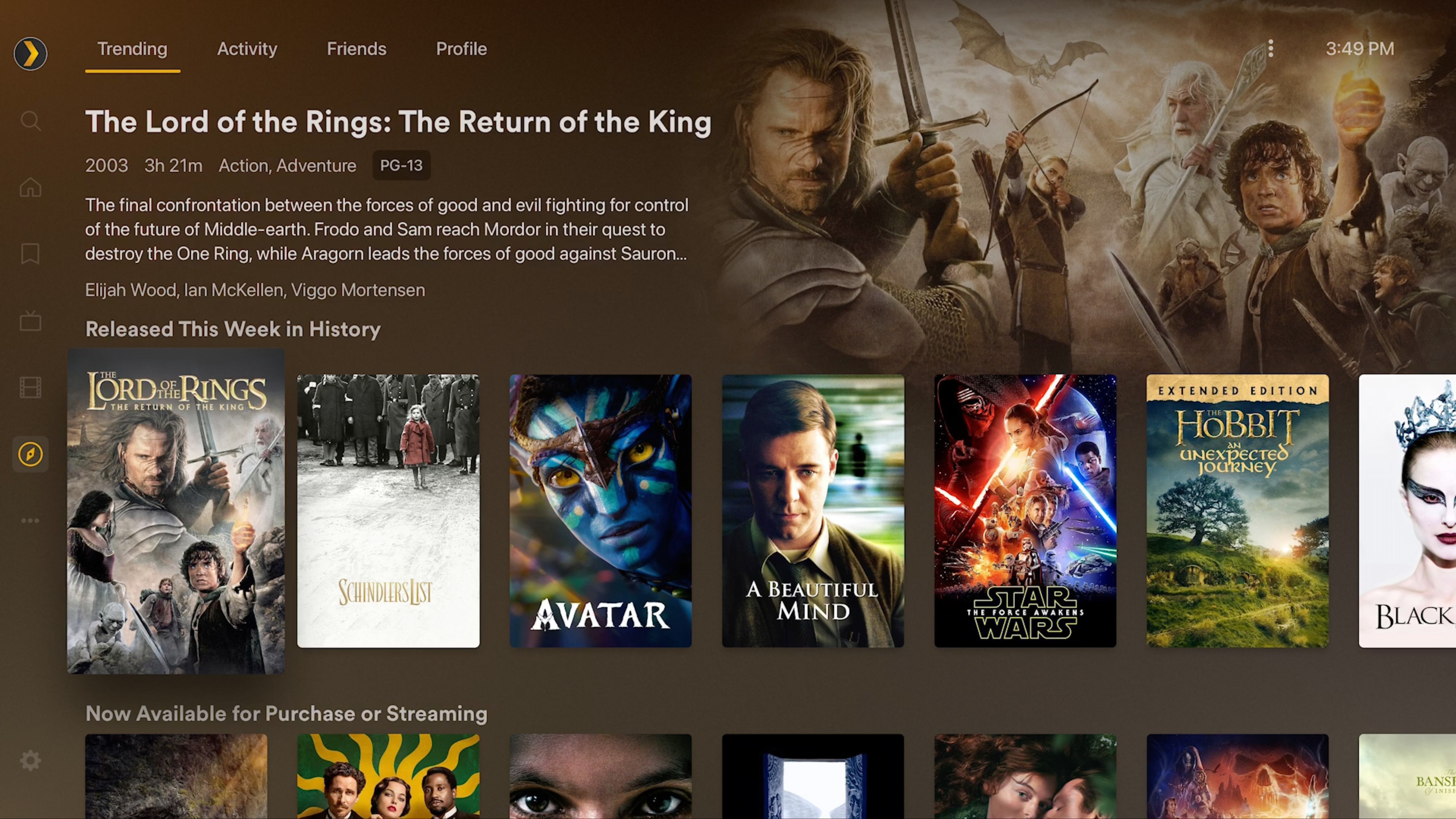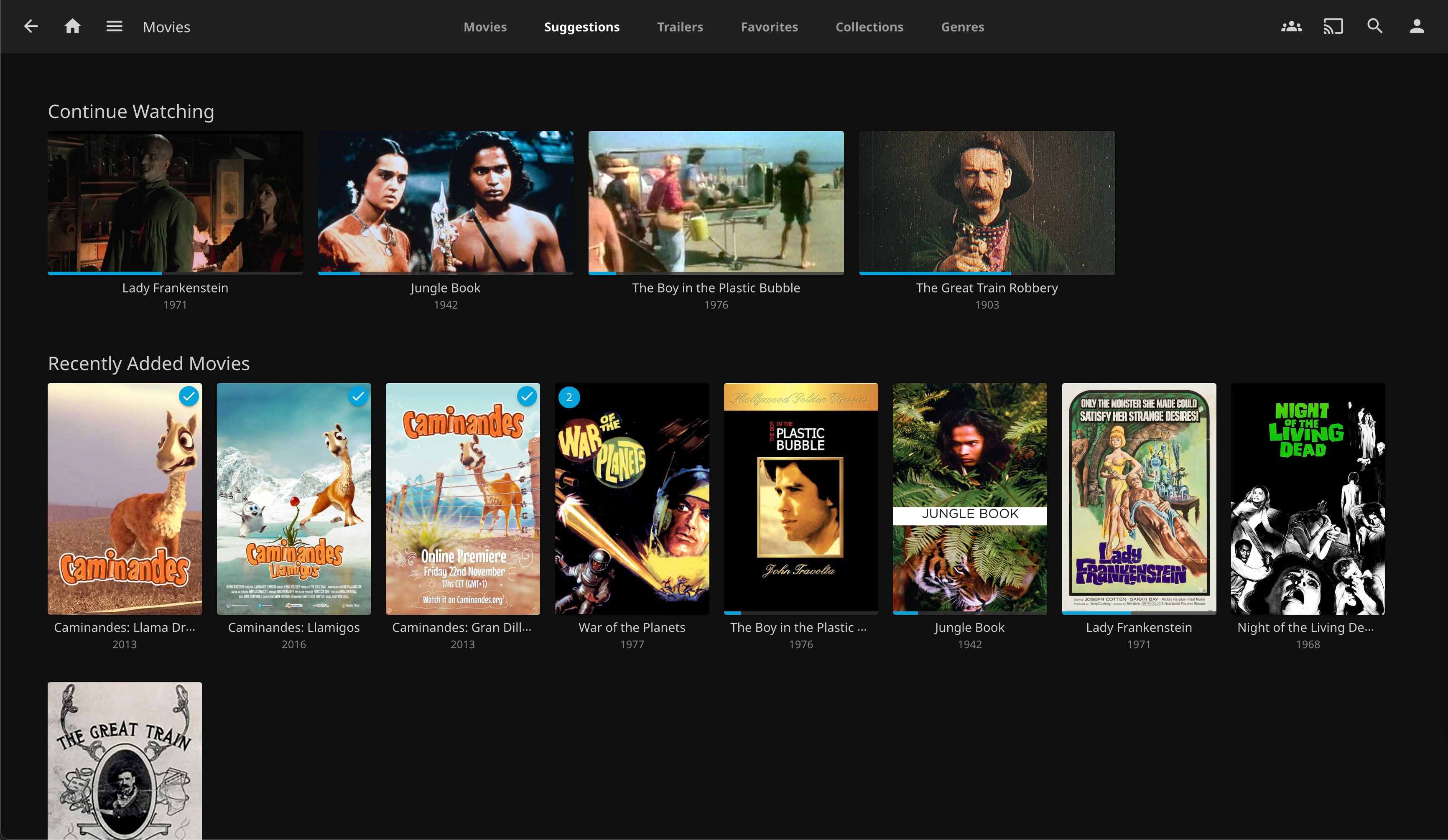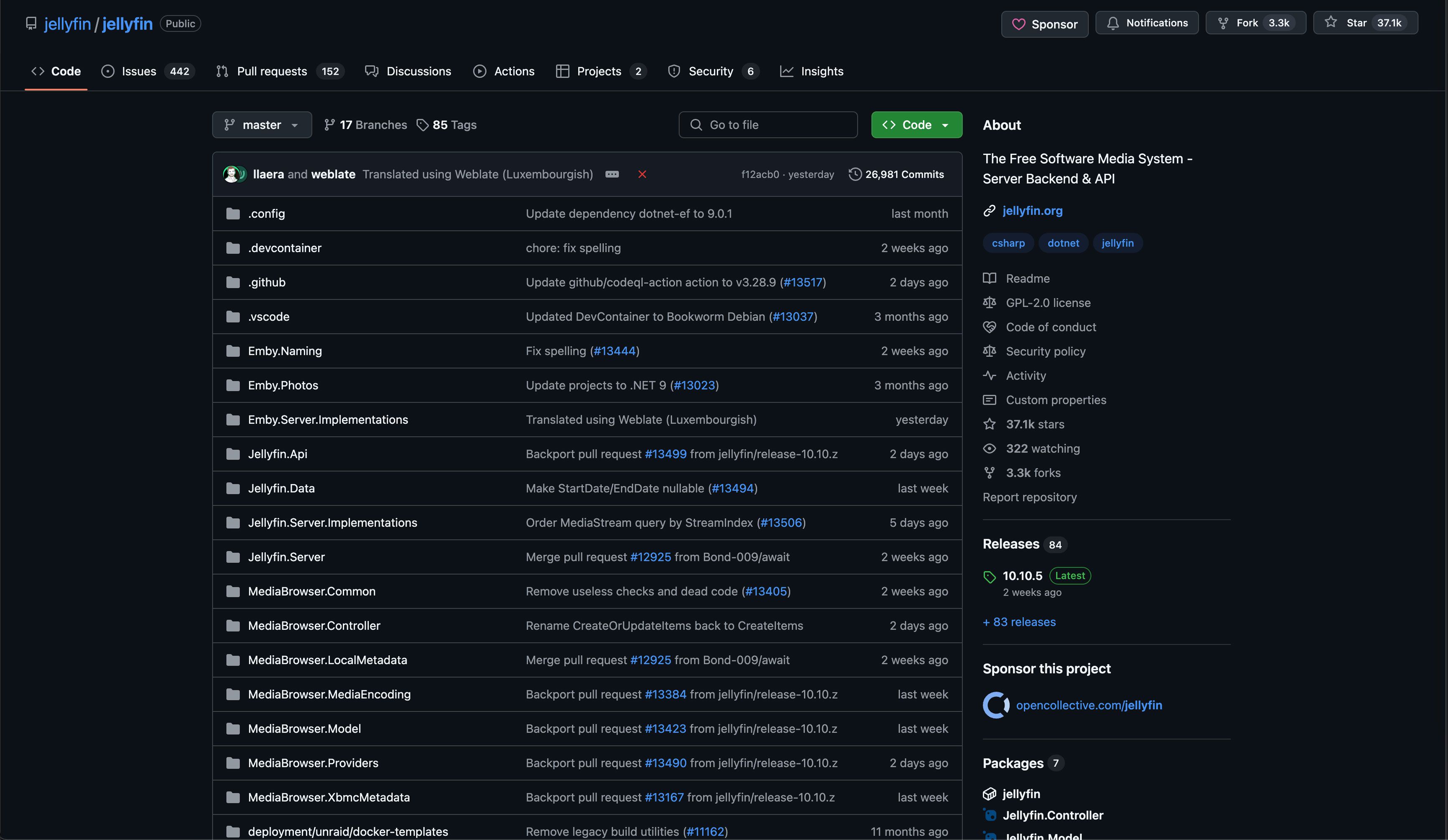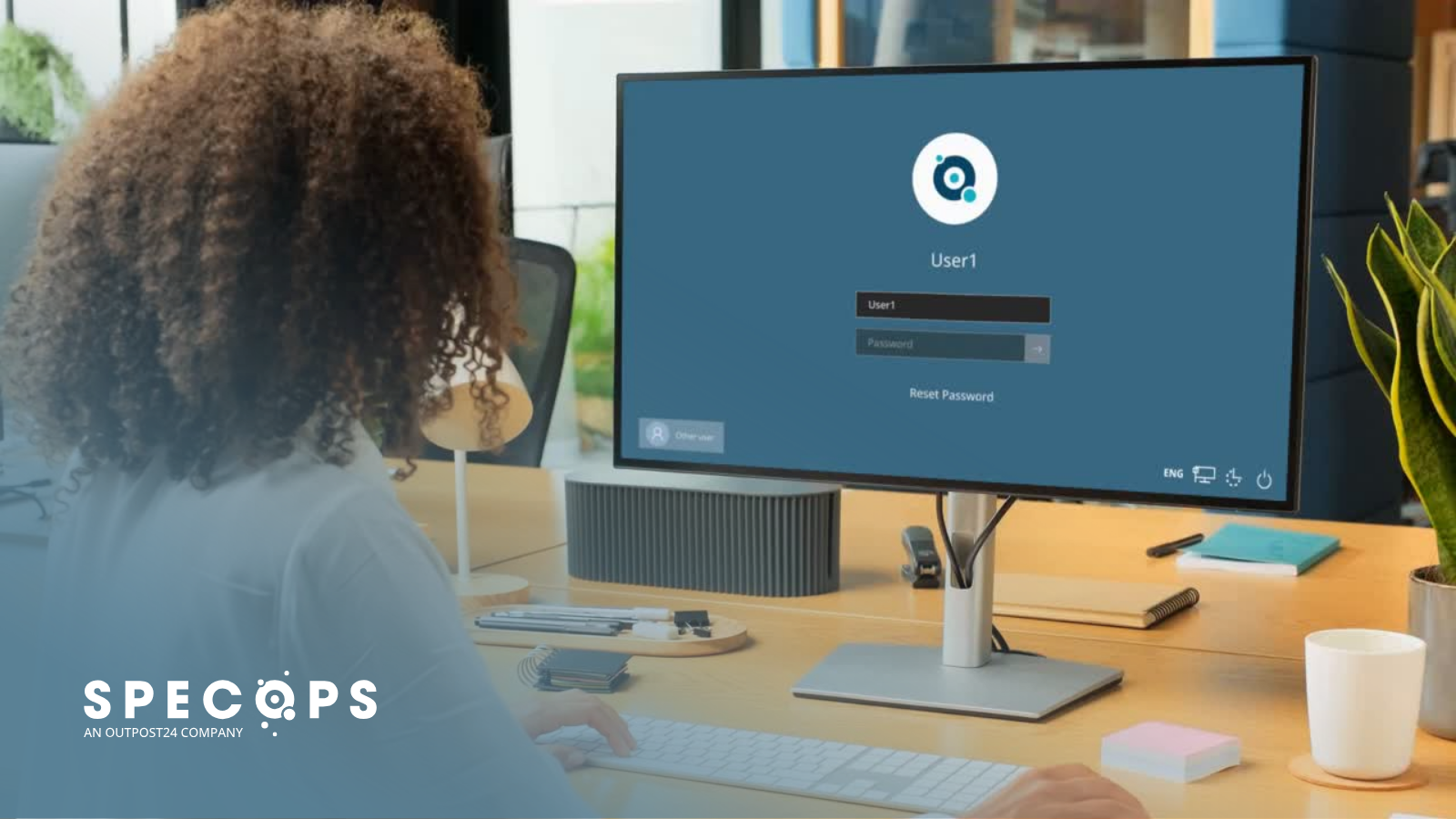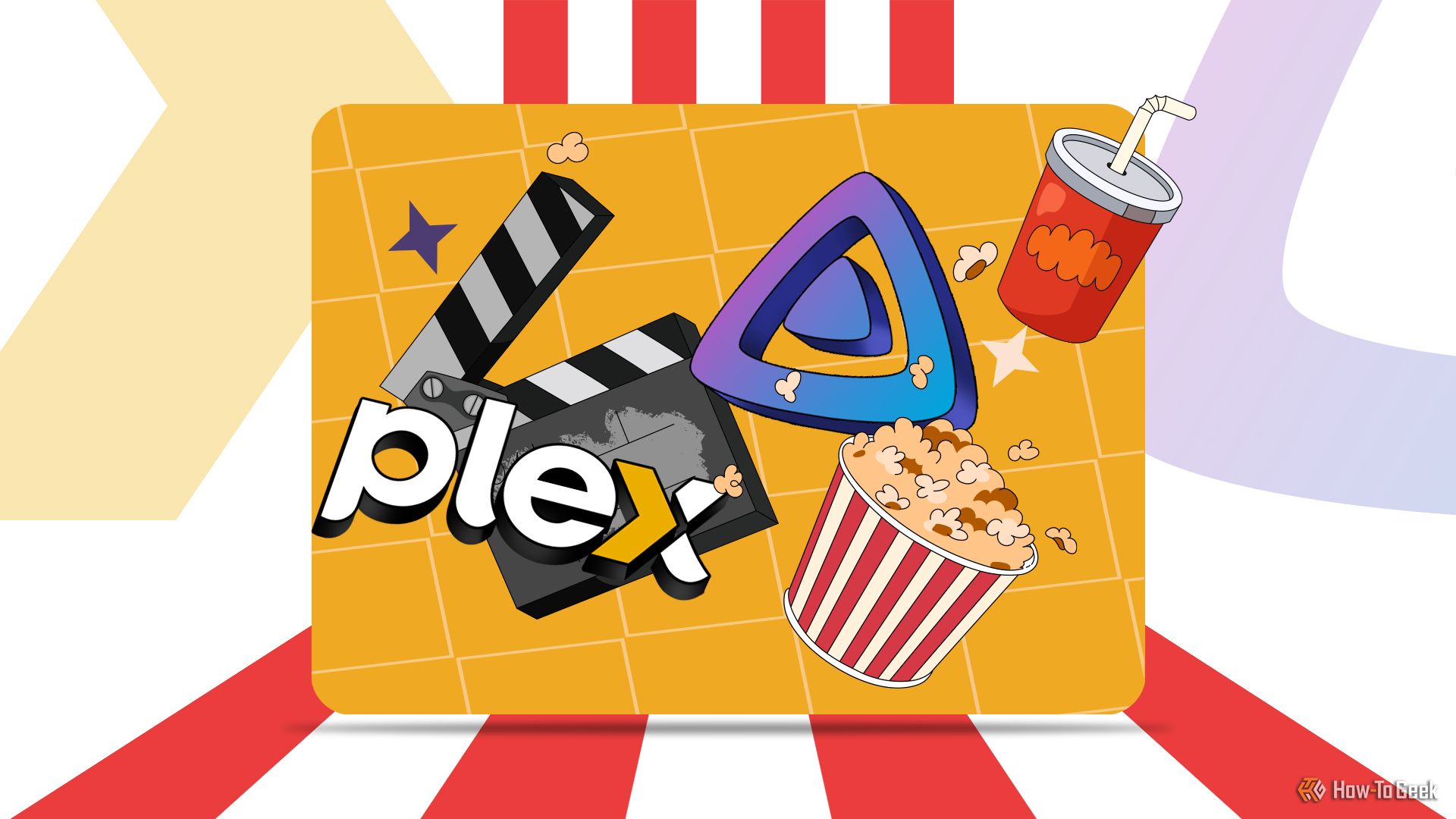
I’ve been a Plex user for over a decade, but Jellyfin has some compelling features — especially when you consider that Jellyfin is 100% free. So, if you’re out to save some cash, here are five reasons to run Jellyfin alongside your Plex server.
Plex Has a Better UI, but Jellyfin Has More Features (For Free)
I’ll admit I value UI more than almost anything else. Not quite, but almost. And, when it comes to media streaming, Plex wins the UI battle hands down. Jellyfin is fine, but it’s very basic and minimal, which might be your aesthetic, but it’s just not mine.
And, while Plex might win in the UI category, Jellyfin has far more features included for free. Both services have essential feature parity across the board. The main thing is that Plex locks some of its functionality behind the paid Plex Pass tier.
For instance, if you want to do hardware transcoding (allowing your GPU to transcode instead of the CPU), Plex requires you to pay for Plex Pass. Jellyfin? Well, it does it natively for free. Not only that, but Jellyfin allows you to download media for free, while that’s also locked behind Plex Pass. The list goes on.
Basically, Jellyfin is full-featured without costing a dime, and Plex costs many dimes if you want all the bells and whistles.
Jellyfin Downloads Just Work
While I already mentioned that Jellyfin allows you to download for free, and Plex makes you purchase a Plex Pass, that’s not where the story ends.
I’ll be honest. I rarely download media from my Plex server for offline viewing. If I’m going to be watching content, 9/10 times I’m connected to the internet anyway.
However, while Plex locks the download functionality behind Plex Pass, I don’t know that I’ve ever got it to work through the native app successfully. And, the times when it might have worked, it wasn’t all that reliable. One of our editors here at How-To Geek has had a similar experience himself. Plex downloads work when they want to, but never when they need to.
On the other hand, Jellyfin’s downloads work great every time, though the process is slightly different. If you’re on a computer, Jellyfin will download the source media file from your server to playback however your computer allows. Most of my media is in MKV format, meaning I’d need VLC to watch it on my MacBook reliably. On mobile, the official Jellyfin app doesn’t support download (and playback), but a free app like Infuse handles things just fine.
Though, it’s worth noting that Infuse also works with Plex, and seems to make Plex’s download system more reliable on mobile. However, downloads on Plex through Infuse are still locked behind a paywall.
So, if you plan to download a lot of content for offline viewing, then having a Jellyfin instance spun up alongside Plex will be worth its weight in gold when it comes time to watch movies and TV shows without an internet connection.
Plex Recommendations Are Nice, but Jellyfin Gets Straight to the Point
Plex is more than just a media server. It’s a streaming platform that happens to serve you your own media. Because of this, Plex has a robust recommendations system that takes many factors into account when dishing out what it thinks you should watch next.
Honestly, I’ve rarely used the recommendations, but there are times when I enjoy it. Christmas, for example, is a time when I enjoy the recommendations because it surfaces Christmas movies on my front page and allows me just to enjoy watching those without digging through my library.
However, I do think that most of the time, the Plex recommendations aren’t that great, and it simply clutters up the screen.
Jellyfin doesn’t really have this problem. The UI is much more simple, and it gets straight to the point with the content there.
When you launch Jellyfin, you’re greeted, basically, by just the content you’re currently watching, shortcuts to all of your specific content (like TV shows or movies), and then recently added content. That’s it. There are no AI recommendations here, it’s simply feeding you the basics, which many people might actually enjoy.
Jellyfin’s Authentication System Is 100% Local
To use Plex, you really need to have a Plex account. This means that you need access to the internet upfront during setup to link out.
While you can get around this by having your Plex server properly configured, there are times when Plex will want to “call home”, and if you don’t have internet at that time, it simply just will cease to work until it can re-authenticate.
On the other hand, Jellyfin is 100% local when it comes to its authentication system. Since Jellyfin doesn’t have a central server it calls back to, everything it does is computed in-house on whatever system you’re running the server from.
While the primary benefit to this (in my opinion) is that you don’t have to worry about the internet going out and messing things up, the other plus here is that it’s just simply more secure. There’s no password stored on a remote server, no login credentials to get hacked (as long as your network is secured), and you aren’t trusting anyone but yourself to keep things safe.
Jellyfin Is 100% FOSS, Plex Is Not
While Plex does have some of its code on GitHub, I wouldn’t call Plex fully FOSS. FOSS, for those who don’t know, stands for “Free Open Source Software.” You can have open-source software, and then you can have free open-source software. Plex is the former. Jellyfin is the latter.
This point will really only matter to the purists, but if you want a truly open-source solution, Jellyfin is the only way to go. Plex still does a lot of its functionality behind closed doors — which means it can change features, disable things, or even kill your access to your media with the flip of a switch.
Will this happen? I’d say it’s not likely. However, it’s worth keeping in mind that Plex is a for-profit company, and they have their own best interests at heart — not yours.
Jellyfin, on the other hand, could shut down as a company tomorrow and the code would still live on in its GitHub repo. Because of that, the community could fork the repo and keep the software going for a long time, and you could continue to enjoy streaming your own media without the intervention of a for-profit company.
Source link


